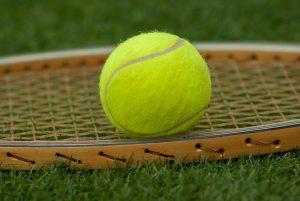We may earn money or products from the companies mentioned in this post.
Introduction
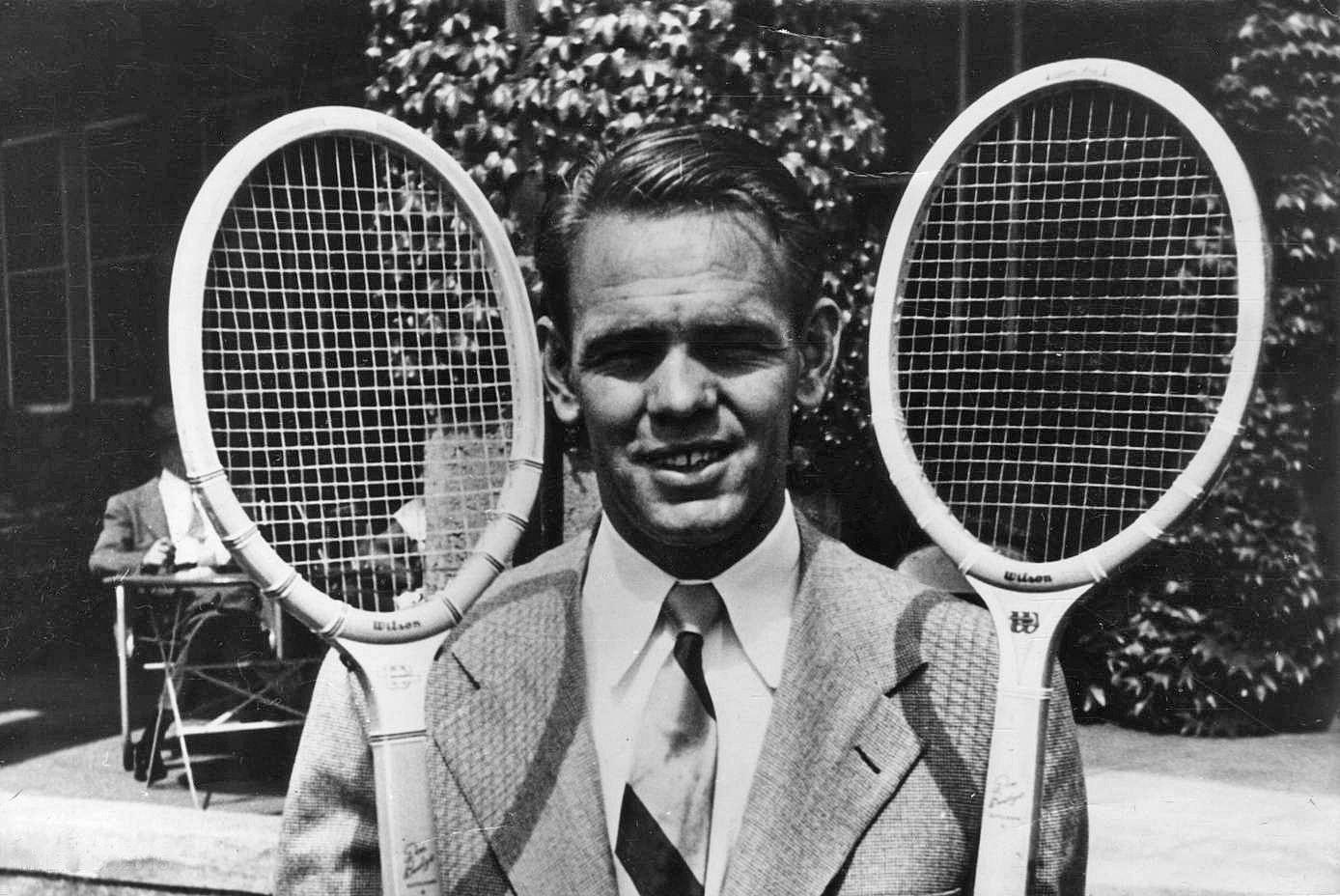
Tennis rackets have come a long way since their humble beginnings Over the years, they have undergone significant changes in materials and designs, revolutionizing the game and influencing players’ preferences
Evolution of materials and designs
The early tennis rackets were made of wood, with a small head size and limited power However, as technology advanced, new materials such as graphite, carbon fiber, and titanium were introduced These lightweight yet sturdy materials allowed for larger racket heads and more power in shots The development of modern string technology further contributed to the evolution of racket design
Impact on the game and players’ preferences
The changes in racket materials and designs had a profound impact on the game of tennis Players now had access to more powerful shots and greater control over their strokes The increased maneuverability offered by lighter rackets allowed for faster swing speeds and improved shot placement
As players experimented with different racket options, their preferences started to vary based on individual playing styles Some players favored rackets with larger sweet spots for added forgiveness on off-center hits, while others preferred smaller head sizes for enhanced control and precision
Importance of rackets in a player’s performance

Connection between racket choice and playing style
The choice of tennis racket plays a crucial role in determining a player’s performance on the court Each player has a unique playing style that requires specific characteristics from their racket For example, aggressive baseliners may opt for rackets with more power potential to generate explosive groundstrokes, while serve-and-volley players might prioritize maneuverability for quick net approaches
Factors to consider when choosing a racket
When selecting a tennis racket, several factors should be taken into consideration These include weight, balance, head size, string pattern, and grip size The weight of the racket affects swing speed and maneuverability, while the balance can influence power and control Head size determines the sweet spot area, and string pattern affects spin potential Lastly, grip size ensures a comfortable and secure hold on the racket
Choosing the right tennis racket is a personal decision that requires careful consideration of a player’s individual needs and preferences By understanding the evolution of rackets, their impact on the game, and how they align with playing styles, players can make informed choices to enhance their performance on the tennis court
Reasons behind changing tennis rackets

When it comes to tennis, your racket is your most valuable weapon on the court Over time, wear and tear can take its toll on your racket, affecting its performance and ultimately impacting your game Let’s explore some of the reasons why players consider changing their tennis rackets
Wear and tear
1 Signs that a racket needs replacement
Just like any equipment, a tennis racket can suffer from wear and tear There are several signs that indicate it might be time for a new one:
-
Cracks or structural damage:
If you notice any cracks or visible damage to your racket frame, it’s a clear sign that it’s time to retire your old companion -
Loss of string tension:
Strings lose their tension over time, which can impact the control and power you have over the ball If you find yourself constantly adjusting strings or experiencing inconsistent shots, it may be due to looser strings -
Decreased maneuverability or control:
As rackets age, they may become less responsive and harder to maneuver effectively on the court If you feel like you’re struggling with control or agility during matches, this could be an indication that a new racket is needed
2 Frequency of changing rackets for professional players vs amateur players
The frequency at which players change their rackets depends on various factors such as playing style, level of play, and intensity of usage
Note: The following sections will focus on other reasons behind changing tennis rackets
Technological advancements
In recent years, tennis racket technology has advanced significantly, offering players a wide range of options to enhance their game These advancements can be categorized into two main areas:
-
Improvements in materials:
Modern rackets incorporate lightweight and durable materials such as graphite, carbon fiber, and other composites These materials provide increased strength and stability while reducing unwanted vibrations -
Innovations in design:
Racket manufacturers are constantly experimenting with different head sizes, string patterns, and weight distributions to optimize performance These innovations allow players to fine-tune their equipment based on their playing style and preferences
Adapting to changes in playing style or level
Tennis is a dynamic sport where players continuously evolve their skills and adapt to changing circumstances As players progress in their journey or aim to refine specific aspects of their game, they often consider changing rackets
-
Shifting from defensive to offensive play:
Players transitioning from a defensive style of play to a more aggressive offensive approach may seek rackets that offer increased power and control -
Improving specific skills:
Whether it’s generating more power on serves, improving control for precise shots, or adding spin to your strokes, choosing a racket that complements your desired skill development can make a significant difference
Your choice of tennis racket should align with your playing style, goals, and personal preference By considering wear and tear, technological advancements, and adapting to changes in your game, you can make an informed decision when it comes time for a racket upgrade
Factors Affecting the Decision to Change Rackets
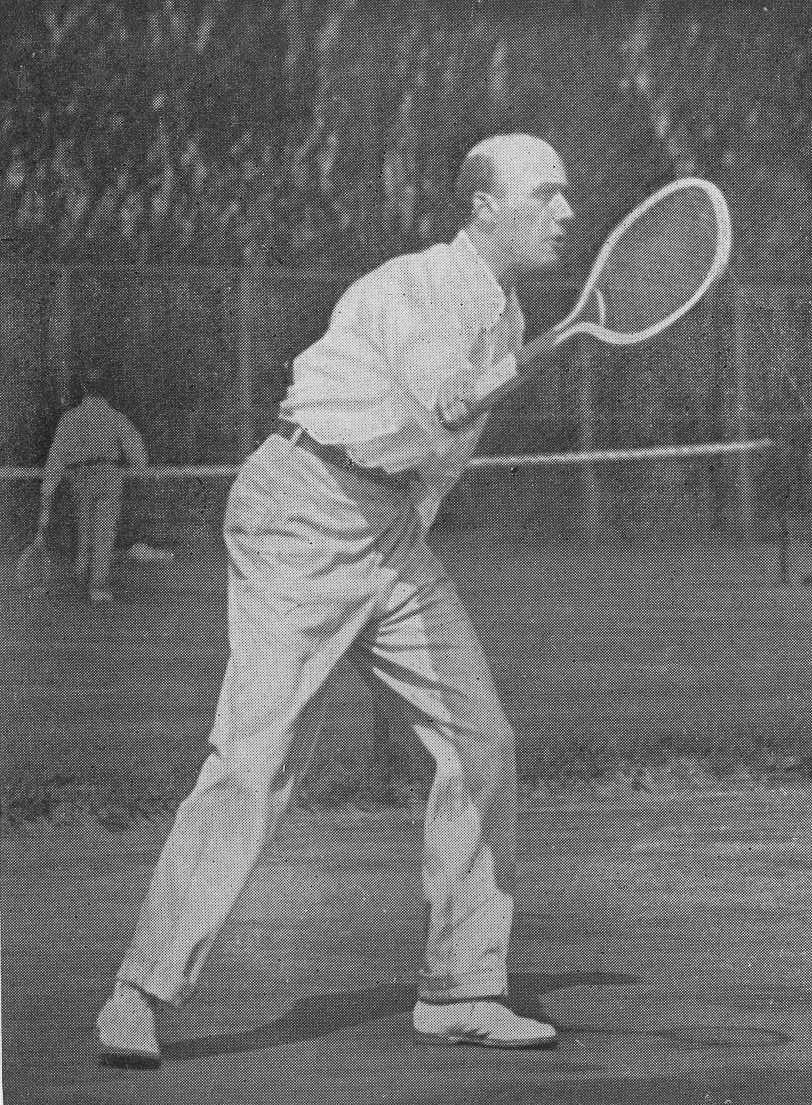
When it comes to tennis, choosing the right racket can make all the difference in a player’s performance on the court Several factors come into play when considering a switch, and understanding these elements is crucial for anyone looking to up their game Let’s delve into some of the key factors that influence a player’s decision to change rackets
Player’s Physical Attributes
A player’s physical attributes play a significant role in determining the ideal racket for their game Height and strength are two essential factors to consider when selecting a racket Taller players may benefit from using longer rackets, as they provide increased reach and leverage On the other hand, shorter players might find shorter rackets more comfortable to handle and maneuver during gameplay
Preferences in Playing Style
Another critical aspect that affects a player’s decision to change rackets is their preferred playing style Are they more inclined towards being baseline players or do they prefer serve-and-volley tactics? Baseline players who rely on powerful groundstrokes might opt for rackets with larger head sizes and open string patterns, allowing them to generate more spin and power Conversely, serve-and-volley players may choose rackets with smaller head sizes for better control at the net
In addition, an individual’s playing style also includes whether they are an aggressive hitter or a counter-puncher Aggressive hitters who enjoy taking risks on every shot might gravitate towards stiffer rackets that offer maximum power transfer On the other hand, counter-punchers who thrive on consistency and precision may lean towards more flexible rackets that provide better feel and touch
Personal Factors
Beyond physical attributes and playing style preferences, personal factors can also come into play when deciding to change rackets Brand loyalty is an important consideration for many players who have built trust in a particular brand’s products over the years Some players may feel a sense of attachment and familiarity with their current racket, making it difficult to switch to a different one
Additionally, sponsorship deals can influence a player’s decision-making process Professional athletes often have contractual obligations with specific racket brands, which may limit their options for switching rackets However, if the right opportunity arises or performance improvements are desired, players might consider renegotiating their sponsorship agreements or exploring new partnerships
In conclusion, several factors impact a player’s decision to change rackets, including physical attributes, playing style preferences, and personal considerations such as brand loyalty and sponsorship deals By carefully analyzing these elements and weighing the pros and cons of potential changes, tennis players can make informed decisions that enhance their performance on the court
Choosing the Right Racket After Deciding to Change

So, you’ve made the decision to change your racket Whether you’re a beginner looking for an upgrade or a seasoned player seeking better performance, finding the right racket can make all the difference in your game But with so many brands and models available, where do you even begin?
Considering Different Brands and Models
When it comes to choosing a racket, one of the first things to consider is the brand Popular brands such as Wilson, Babolat, Head, and Yonex have established themselves as leaders in the tennis industry Each brand offers its own unique features and technologies that cater to different playing styles
In addition to brands, key features like head size, weight balance, and string pattern should also be taken into account The head size determines power and control, while weight balance affects maneuverability String pattern influences spin potential and ball feel Understanding these aspects will help you narrow down your options
Testing Multiple Options Before Making a Choice
The best way to determine if a racket suits your style of play is by testing multiple options Many local stores or clubs offer demo programs where you can try out different rackets on-court before making a purchase
If you have friends or fellow players who own rackets from different brands or models, consider borrowing them for a practice session or match This hands-on experience will give you valuable insights into how each racket feels in action
Seeking Advice from Coaches, Peers, and Online Reviews
While personal experiences are important in selecting a racket, seeking advice from experts can also be beneficial Coaches are knowledgeable about individual playing styles and can recommend rackets that align with your strengths and weaknesses
Don’t underestimate the power of peer recommendations either Talk to other players who have tried different rackets and ask for their opinions Online reviews can also provide valuable insights, giving you a broader perspective on various brands and models
In conclusion, choosing the right racket after deciding to change requires careful consideration of different brands and models, testing multiple options, and seeking advice from coaches, peers, and online reviews By following these steps, you’ll be well-equipped to make an informed decision that enhances your performance on the tennis court
Conclusion
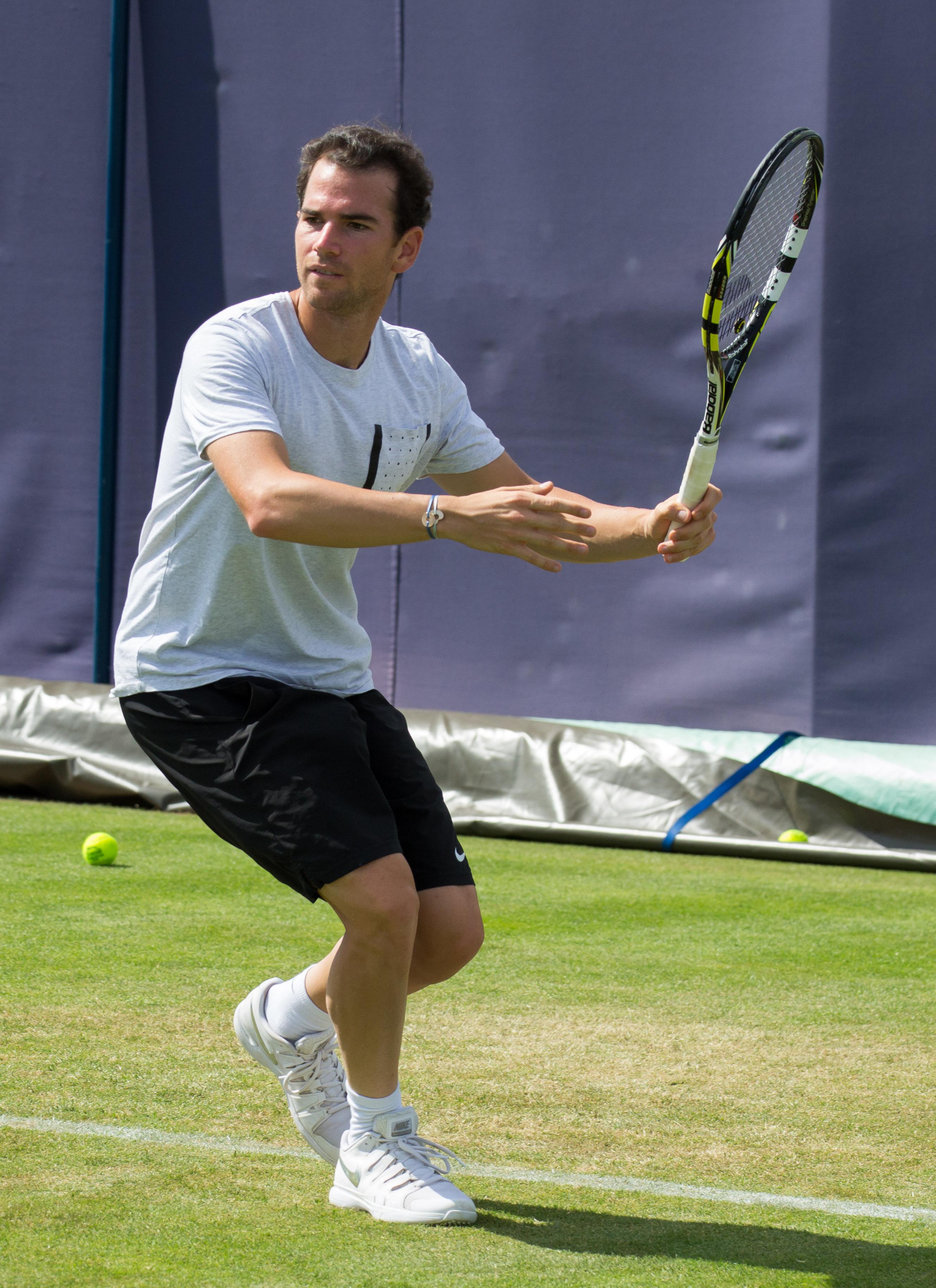
Tennis players changing rackets is a common occurrence in the sport, driven by various factors that can greatly impact their performance Whether it’s to adapt to different playing conditions, enhance power and control, or simply experiment with new technologies, the decision to switch rackets is not taken lightly
Key Reasons Behind Tennis Players Changing Rackets
There are several key reasons why tennis players opt for a change in rackets Firstly, adapting to different playing conditions plays a significant role A player may require a racket with more power when transitioning from clay courts to faster hard courts Similarly, they might need better control and precision on grass courts compared to other surfaces
A second reason revolves around technological advancements Tennis racket manufacturers are constantly innovating and introducing new features that promise enhanced performance Players often seek out these advancements to gain an edge over their opponents From improved string technology to better shock absorption systems, these innovations can significantly impact a player’s game
The Importance of Finding the Right Racket for Optimal Performance
Finding the right racket is crucial for any tennis player aiming for optimal performance Each player has unique strengths, weaknesses, and playing styles that require specific racket characteristics While one player may benefit from a lightweight racket that offers maneuverability and speed at the net, another might prefer a heavier frame for added power from the baseline
The right racket can also help prevent injuries by reducing strain on joints and muscles through proper weight distribution and shock absorption capabilities It allows players to maximize their potential while minimizing the risk of long-term damage or discomfort
Embracing Change to Improve Your Game
In order to improve their game, tennis players must be open to change This includes being willing to switch rackets when necessary Embracing change allows players to adapt to different conditions and take advantage of the latest technological advancements in racket design
By experimenting with new rackets, players can discover hidden potential within their game Sometimes a small adjustment in racket characteristics can lead to significant improvements in performance It’s important not to get too comfortable with one particular racket and instead continue exploring options that may enhance your skills
In conclusion, the decision to change rackets is driven by various factors such as adapting to playing conditions and embracing technological advancements Finding the right racket for optimal performance is essential for every tennis player By embracing change and being open to trying new options, players can unlock new levels of skill and prowess on the court
Useful Links
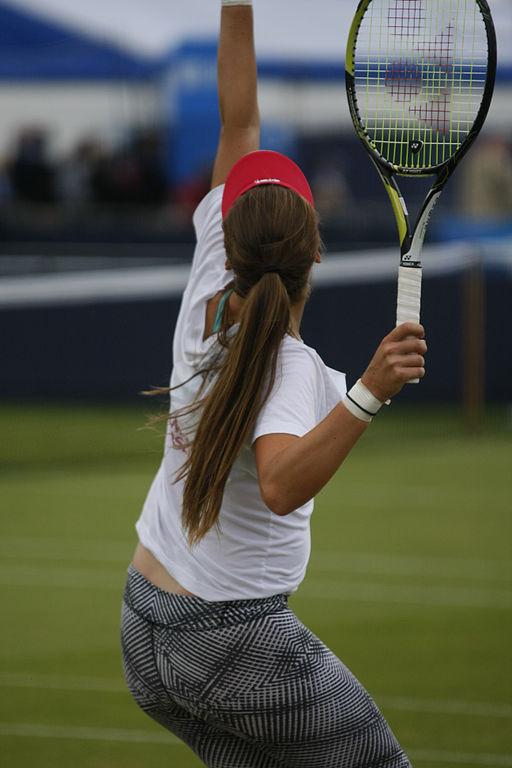
Do players start every match with a new racket or do they …
How Often Do Top Players Change Tennis Racquet Strings?
How many rackets does a top tennis player go through …
Are You Allowed To Use 2 Rackets In Tennis?
Tennis: a smashing history of how rackets shaped the game
The inch that changed tennis forever
Types of Tennis Racquets | Everything You Need to Know
Which Professional Players Have Switched Rackets in 2022?
How Often Should I Re-String My Tennis Racket?
Tennis Rackets Used by the World’s Top Pro Players
How Long do Tennis Rackets Last?
What racquets do the pros really use?
Tennis technology
Extended Length Tennis Rackets – What Are They & Who …
Why Do Tennis Players Change Rackets: The Science Behind
String Tension
During a set, when are you allowed to switch rackets?



